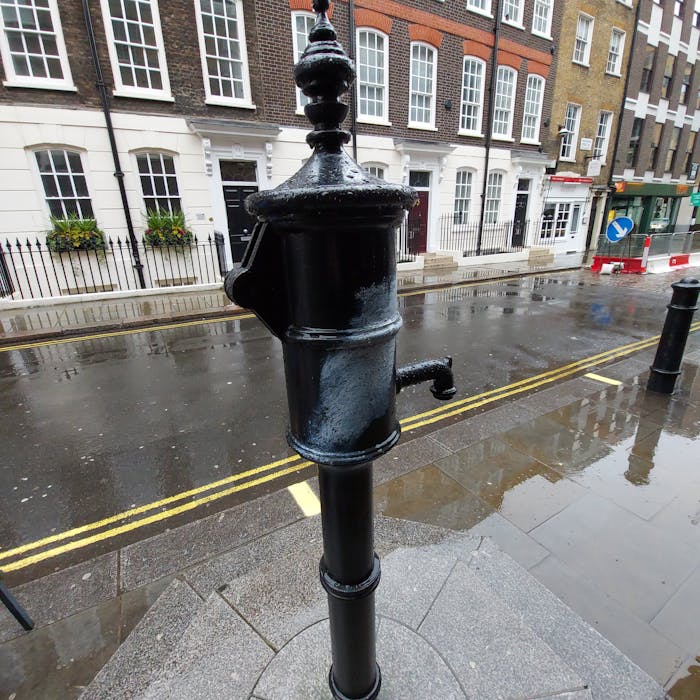
How a Soho water pump was found to be the key to Cholera
On the 8th September 1854, the authorities removed the handle of the water pump in Broad Street in Soho, London - suspecting that infected water from it was causing an outbreak of deadly cholera. When this action proved effective in reducing the rates of the disease, it was finally understood that cholera spread through water not air.
In the mid-19th century, the Soho district of London had a serious problem with filth due to the large influx of people and a lack of proper sanitary services. Cowsheds, slaughter houses and grease-boiling dens lined the streets and contributed animal droppings, rotting fluids and other contaminants to the primitive Soho sewer system. Since the cesspools were overrunning, the London authorities decided to dump the waste into the River Thames, contaminating the water supply.
Meanwhile, a doctor called John Snow had become doubtful of the pervading theory that cholera was spread through the air. When an outbreak occurred around Broad Street in 1854 which killed more than 550 people within two weeks, it was an opportunity to test his idea that it may have something to do with the water supply becoming contaminated with sewage waste. He plotted the cholera cases on a street map of the area and bang in the middle was the well of Broad Street where people drew water using a pump on a long handle.
John Snow persuaded the Board of Guardians of St James’s parish to remove the handle of the water pump, and the local cholera epidemic subsided. It was later discovered that the well under the pump had become contaminated by a nearby underground cesspit.
This episode marked a great step forward in our understanding of contagious disease.
Further reading
Links to external websites are not maintained by Bite Sized Britain. They are provided to give users access to additional information. Bite Sized Britain is not responsible for the content of these external websites.
